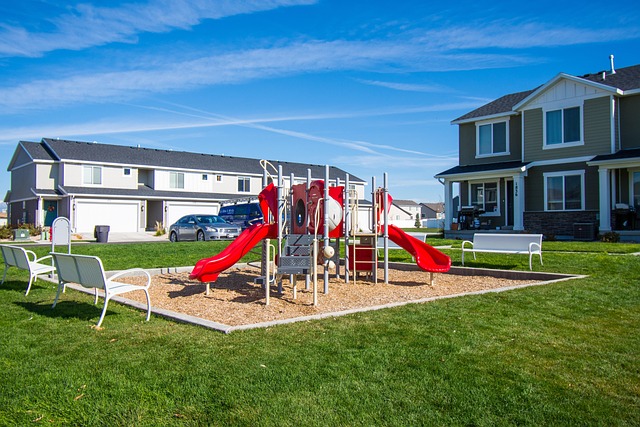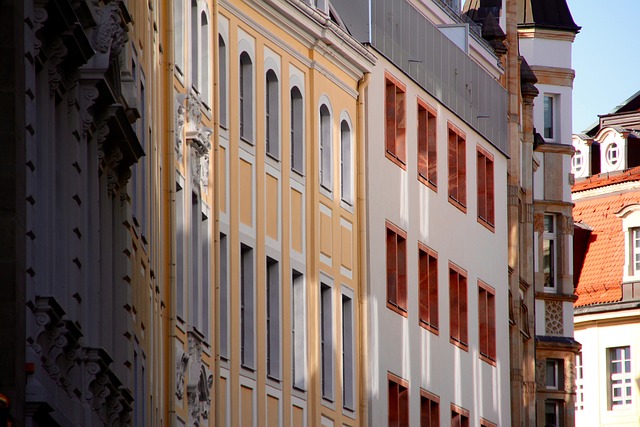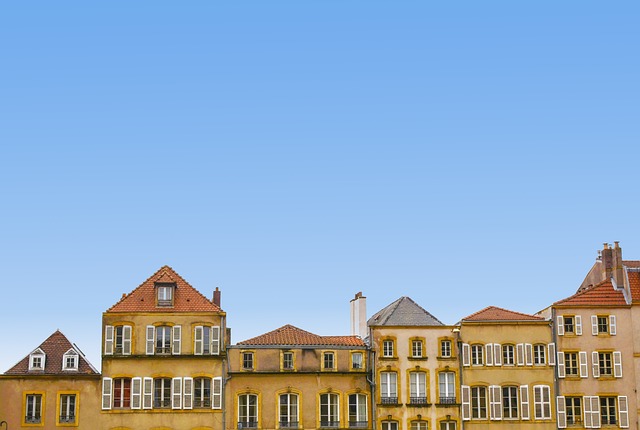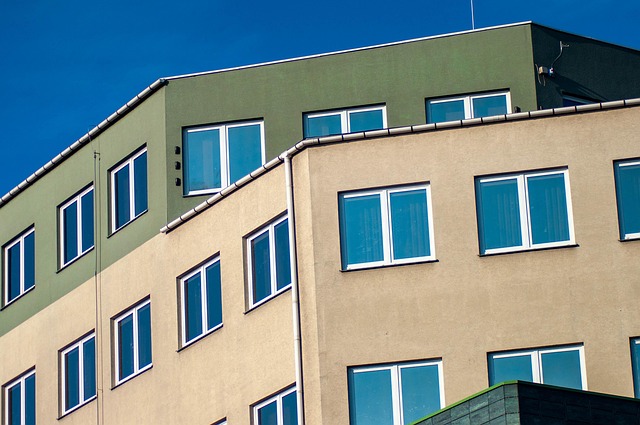Community infrastructure, including public spaces, transportation, education, healthcare, and recreation, is vital for successful real estate ventures. Strategic planning by developers leverages existing infrastructure in connected communities, leading to cost savings, economic growth, and improved social dynamics. Key strategies involve integrating green areas, promoting walkability, and designing mixed-use spaces, fostering social connections and enhancing quality of life, ultimately driving property value appreciation. Real estate developers play a crucial role in orchestrating this blend for thriving communities.
In the dynamic realm of real estate, a community’s infrastructure forms the very backbone of successful projects. This article delves into the intricate world of planning layout and community infrastructure, offering insights that maximize space and enhance living. From understanding essential components to implementing effective strategies for integration, we explore how to build thriving communities. Discover optimal design techniques and learn why these are crucial for real estate developments’ long-term success.
Understanding Community Infrastructure: The Backbone of Successful Real Estate Projects
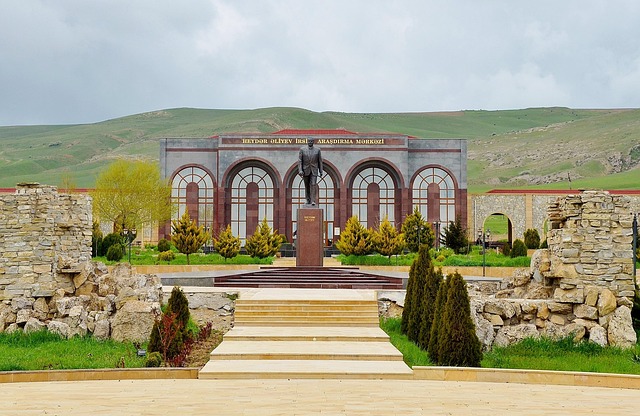
Community infrastructure is the unsung hero behind any successful real estate project. It’s the network of physical and social connections that bind a place together, fostering a sense of belonging and enhancing residents’ quality of life. Think of it as the backbone that supports the vibrant ecosystem of a community. From well-designed public spaces and robust transportation networks to top-notch schools, healthcare facilities, and recreational areas—all these elements contribute to creating a desirable and sustainable environment for residents.
In real estate, understanding this infrastructure is key to making informed decisions. Developers who prioritize building within existing, well-connected communities often find greater success than those starting from scratch. By leveraging existing infrastructure, projects can benefit from established social dynamics, access proven services, and potentially reduce costs. This interconnectedness also promotes economic growth, as a thriving community attracts businesses, creates job opportunities, and fosters a positive cycle of development.
Planning for Optimal Layout Design: Maximizing Space and Enhancing Community Living

In the realm of real estate, planning for optimal layout and design is paramount in maximizing space and enhancing community living. A well-thought-out plan considers not just the physical dimensions of a space but also the social dynamics and needs of its residents. By integrating green spaces, communal areas, and convenient amenities, developers can create vibrant environments that foster connections among neighbors.
Effective layout design involves strategic placement of buildings, open areas, and essential infrastructure to ensure efficient use of land while promoting walkability and a sense of community. This holistic approach not only enhances the quality of life for current residents but also increases the appeal and value of the property for prospective buyers or tenants in the future.
Building a Thriving Community: Strategies for Effective Infrastructure Integration in Real Estate Development

Building a thriving community goes beyond just constructing buildings; it involves orchestrating a harmonious blend of infrastructure and real estate development. Effective integration ensures that residents have access to essential amenities, fostering social connections and a sense of belonging. Key strategies include designing mixed-use spaces that accommodate various age groups and lifestyles, promoting walkability and bike-friendly routes, and incorporating green spaces like parks and community gardens. These elements not only enhance the quality of life but also encourage face-to-face interactions, laying the foundation for strong neighbourhood bonds.
Real estate developers play a pivotal role in creating community infrastructure that supports sustainable and vibrant communities. This involves thoughtful planning to balance residential, commercial, and recreational areas. By integrating these aspects seamlessly, developers can create more than just living spaces; they can build environments where residents thrive, connect, and contribute to a thriving local ecosystem. This, in turn, increases property values and fosters economic growth, making it a win-win situation for both the community and real estate investors.
